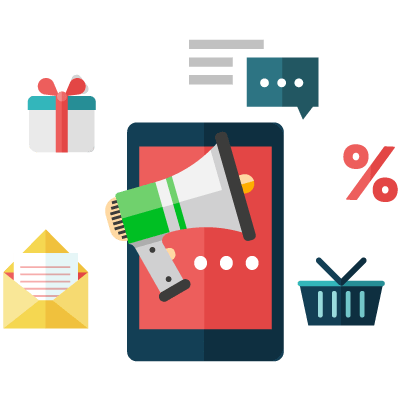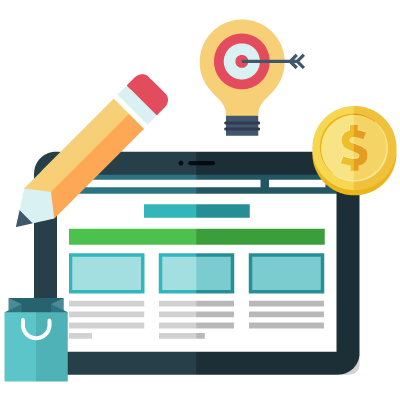It needs to grab their attention, while still being on topic.
There’s no point grabbing the attention of someone who would never buy the product.
And there’s no point in giving away the main point of what is to come… Unless it evokes curiosity.
For example (promoting a product that provides relationships tips for women):
- A) Men need to feel infatuation to fall in love (and stay in love).
This sentence gives everything away, so people scanning their newsfeed may not be curious enough to read more.
This is an idea that builds interest, so it would be great as a 2nd sentence.
But the first sentence should be something more open ended like this…
- B) Men fall for women for illogical reasons (And even push away so-called “perfect” women)
This is better at grabbing attention, because the reader has to read another sentence in order to have any idea what the solution might be. They need to move from attention to interest.


